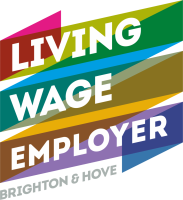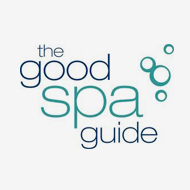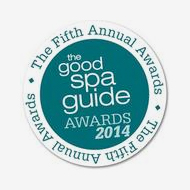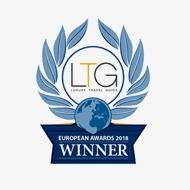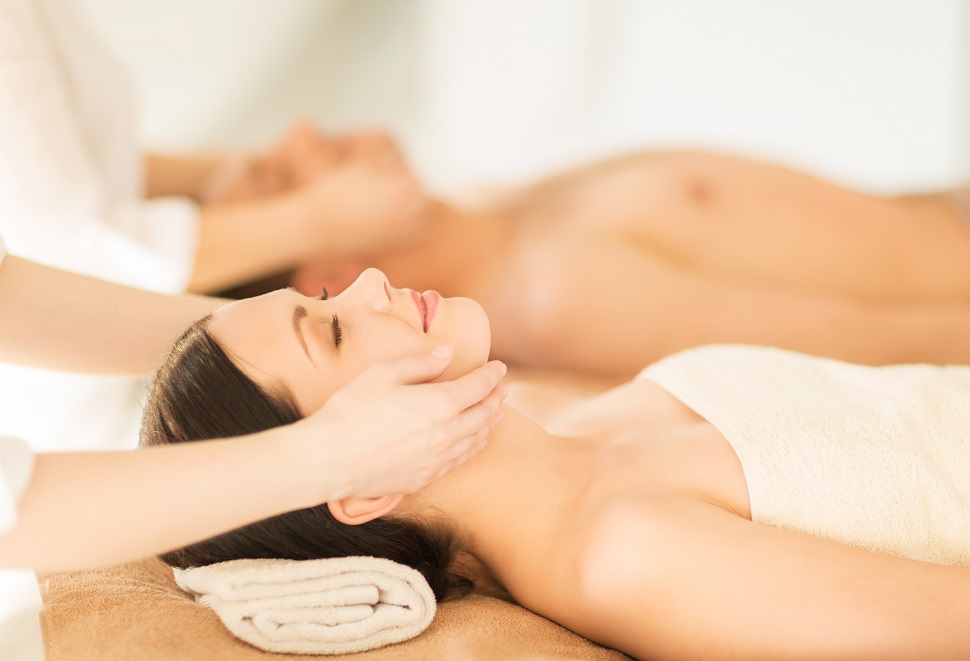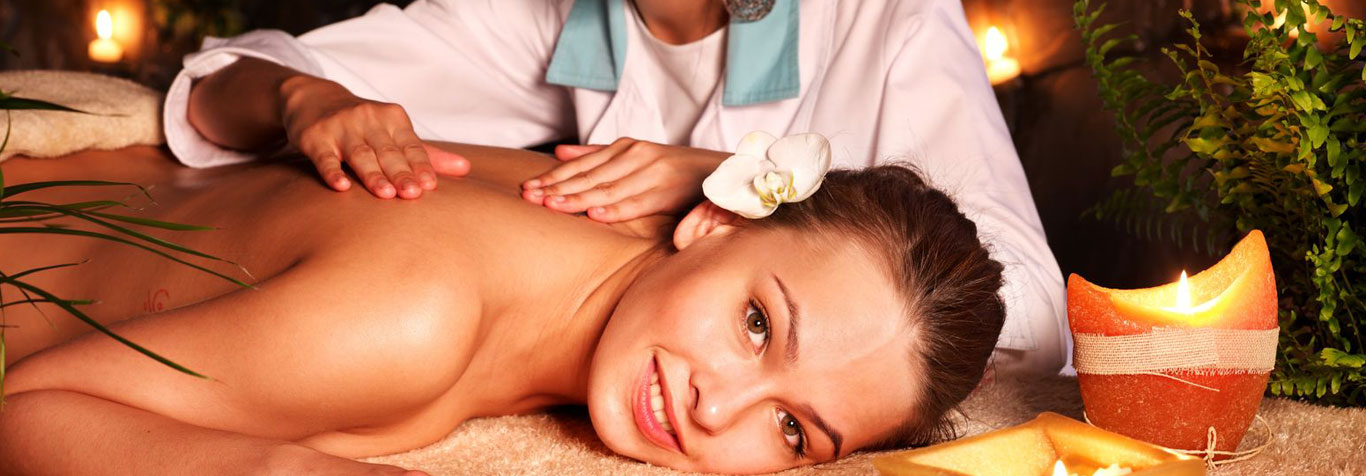 When researching the different types of massage offered in treatment rooms and by therapists, you may often come across information on the Swedish massage. There is a chance that you will recognise the name as well, as it is the most commonly used type and one of the most popular.
When researching the different types of massage offered in treatment rooms and by therapists, you may often come across information on the Swedish massage. There is a chance that you will recognise the name as well, as it is the most commonly used type and one of the most popular.
There is also a chance that you are unfamiliar with what Swedish massage therapy actually involves. This is why we at Little Jasmine Therapies have put together this guide on everything you need to know about the treatment, from what it truly is and involves, to its benefits and origins. Read on to find out more about this therapy, or contact us if you’d like to find out what we can offer you in the way of rest and relaxation.
What is a Swedish Massage?
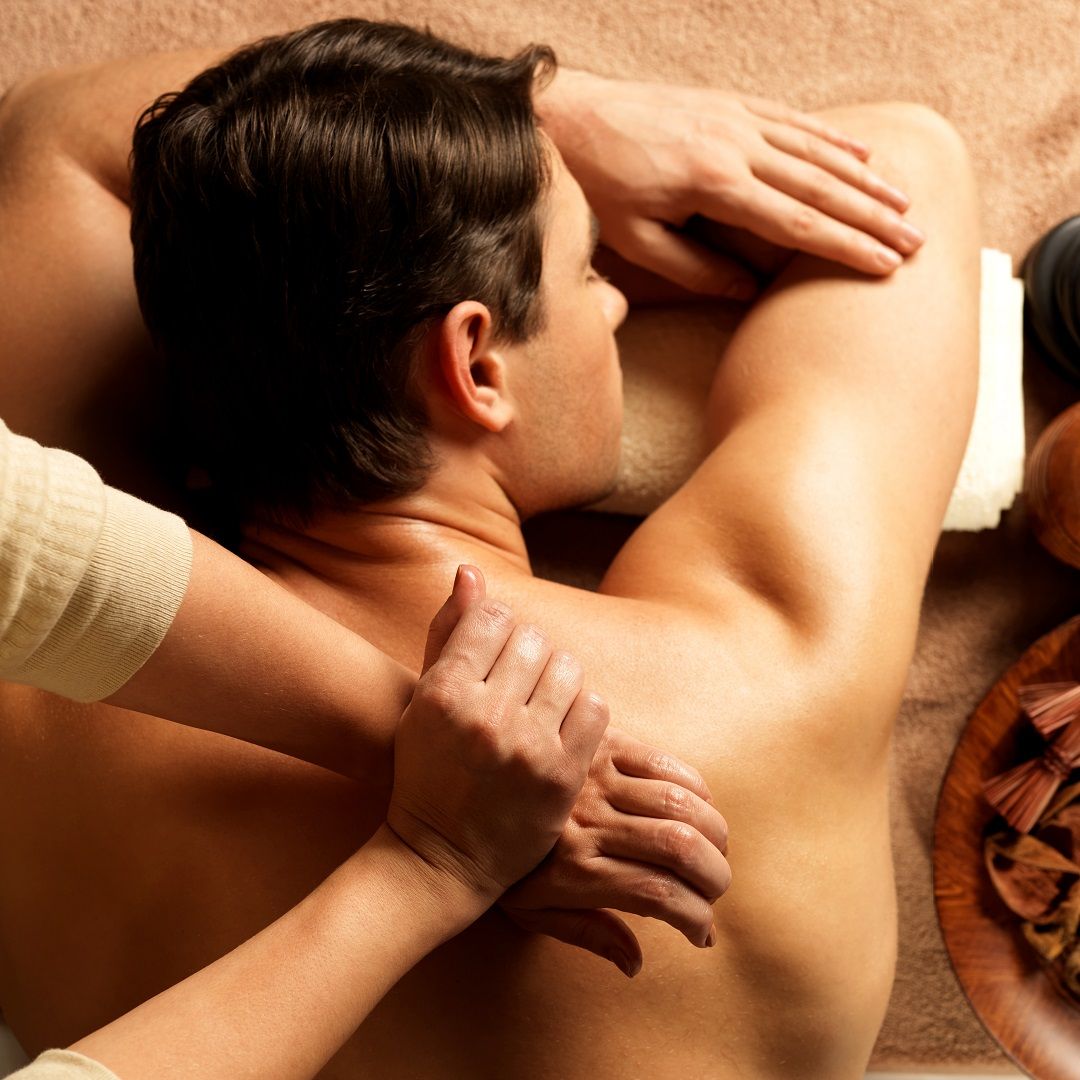 Swedish massage therapy is a full body treatment which works your soft tissues and muscles in order to revitalise you and to encourage healing in the body. It also creates a calming effect on the nervous system, resulting in a wholly relaxing experience for you.
Swedish massage therapy is a full body treatment which works your soft tissues and muscles in order to revitalise you and to encourage healing in the body. It also creates a calming effect on the nervous system, resulting in a wholly relaxing experience for you.
When carried out by a professional massage therapist, five main techniques will be used in order to complete the session. These have all been designed to help soothe muscle tension, increase blood flow and reduce stress:
- Effleurage, or “sliding and gliding”, or “stroking and gliding”
- Petrissage, or “kneading”
- Tapotement, or “tapping or pounding”
- Friction, or “rubbing”
- Vibration, or “shaking”
Though the therapy has benefits for your entire body and the practice is usually carried out as a full body massage, common parts of the body that often need the treatment include your back, legs and feet.
Types of Swedish Massage
Many massage therapists will offer different types of Swedish massage, or other therapies which use Swedish massage as a basis for treatment. The types offered can vary, depending on where you go for your session, but you can always be certain that there will be a treatment which offers the same or similar techniques.
Just some of the massage types which could fall under the Swedish massage category, or make use of Swedish massage techniques, include:
- Hot stone therapy
- Four hands massage therapy
- Different varieties of aromatherapy massages
- Seated chair massages
The History of the Swedish Massage
The introduction and development of the Swedish massage is often credited to Pehr Henrik Ling, though this is considered inaccurate in the modern era. It’s more likely that the techniques used in the practice were developed by Johann Georg Mezger, who applied the French terms to the strokes used.
The term “Swedish massage” is only used in English and Dutch-speaking countries, as well as in Hungary. In other countries, the practice is known as “classic massage”.
What You May Expect from a Traditional Swedish Massage
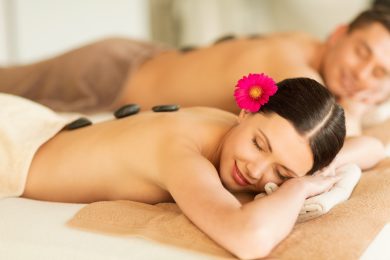 When you choose to experience a Swedish massage, you can expect the session to last 60-90 minutes, with your therapist giving you time to undress privately and to lie down on their massage table. You may choose to cover yourself with towels, which will help to keep you feeling safe, warm and secure during this time.
When you choose to experience a Swedish massage, you can expect the session to last 60-90 minutes, with your therapist giving you time to undress privately and to lie down on their massage table. You may choose to cover yourself with towels, which will help to keep you feeling safe, warm and secure during this time.
If you’d prefer not to be exposed at any point during the session, you may choose not to be. Instead, your therapist should respect your wishes and only uncover the part that they are working on. For instance, if they are working on your upper back, only this part should be uncovered.
At the beginning of the session, your therapist may assess your complexion and skin type, before choosing an essential oil or lotion to suit this. The oil or lotion chosen will then be massaged into your body, using techniques specific to the area being worked on. For instance, gliding strokes may be used for your back, while kneading or rubbing may benefit your shoulders.
The treatment should soothe you, helping you to achieve complete relaxation. As such, your therapist should take into account any areas of your body that are currently tender or delicate from aches or injury.
Some therapists also like to play music during the session, or to chat with their customers and clients. You should always feel free to say if you’d prefer not to have music, or not to talk. Every part of the session should be tailored to ensure that you are feeling comfortable, including background noises and potential distractions, so that you are able to fully immerse yourself in the experience.
After Your Therapy
After you have received your massage, you may need to take some time to rest and recuperate. Taking a warm (not hot) bath with Epsom salt, or a shower if you don’t have a bath available, is widely encouraged. Eating a light meal or healthy snack will also help you to refuel, before taking a nap or simply resting with a good book or your favourite television programme. You should also rehydrate your body with plenty of water.
Swedish Massage Benefits for Your Body and Health
Swedish massage therapy offers a wonderful range of health benefits, both for your physical and mental wellbeing. These range from releasing tension in tighter and strained muscles, to easing chronic pains and other symptoms of long-term conditions. Just some of Swedish massage’s other health benefits include:
- Increased circulation and blood flow throughout the body
- Reduced joint stiffness
- Improved range of motion because ligaments and tendons are kept supple
- Eased back pain
- Reduced fatigue
- Reduced emotional stress
- Reduced physical stress
- Improved function in patients with osteoarthritis of the knee
Will Swedish Massage Therapy Help with Scoliosis?
According to the Scoliosis SOS Clinic, patients with the condition who receive Swedish massage therapy can be relieved of back pain, headaches, insomnia and shallow breathing.
If you are living with scoliosis, you may wish to consult with your doctor or physician before planning this treatment yourself.
Is Swedish Massage Safe During Pregnancy?
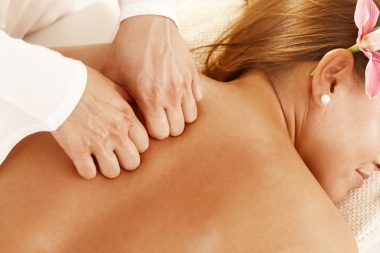 Many professionals recommend therapeutic massage during pregnancy, and Swedish massage is a popular variety. However, the NHS does suggest that Swedish massage and other types, including aromatherapy and oil massages, should not be used in early pregnancy. This is considered to be before the 16 week mark.
Many professionals recommend therapeutic massage during pregnancy, and Swedish massage is a popular variety. However, the NHS does suggest that Swedish massage and other types, including aromatherapy and oil massages, should not be used in early pregnancy. This is considered to be before the 16 week mark.
After this time, it is generally considered safe to undergo a gentle or light touch massage for prenatal therapy, particularly to reduce swelling and aches in your feet, parts of your legs, and lower back. We would always recommend speaking with your doctor before you book an appointment, though, as they may advise against it for your individual case.
Swedish Massage vs. Deep Tissue Massage: Which is Better?
Naturally, you will want to find the massage therapy treatment which works best for you. In many cases, this will involve choosing between two similar massage treatments. Swedish massage and deep tissue massage therapies are similar in many respects, owing to the fact that Swedish massage is often the basis for deep tissue techniques. Neither may be considered “better”, however, as they vary in pressure applied and their intended uses.
For instance, full body Swedish massage techniques are applied in a light-to-moderate pressure in order to create a relaxing experience which eases muscle tension and stress, while encouraging healing. Deep tissue massage strokes are applied more forcefully, in order to release tension in the deeper layer of muscle. This makes it more suited to treating sports injuries, rather than a form of relaxation.
Treat Yourself to a Relaxing Massage from Little Jasmine Therapies
If you’ve been searching for the ideal relaxation method, then why not treat yourself to an absolutely indulgent massage experience from Little Jasmine Therapies? Our blissfully tranquil treatment rooms in Brighton and Hove make the perfect setting for a massage experience that will leave you completely comfortable and your most pressing worries melted away.
Every treatment, from hot stone therapy to our Thai oil massages, will be performed by a fully trained and qualified therapist, so you may rest assured that you’re in safe hands with us. We’ll even tailor our treatments to suit your needs, so please don’t hesitate to get in touch if you feel there is something we should know before your session.
Contact us on the phone or send us a message here on our website to book an appointment at either our Brighton or Hove treatment room. We’ll be delighted to welcome you through our doors for your ideal session.
